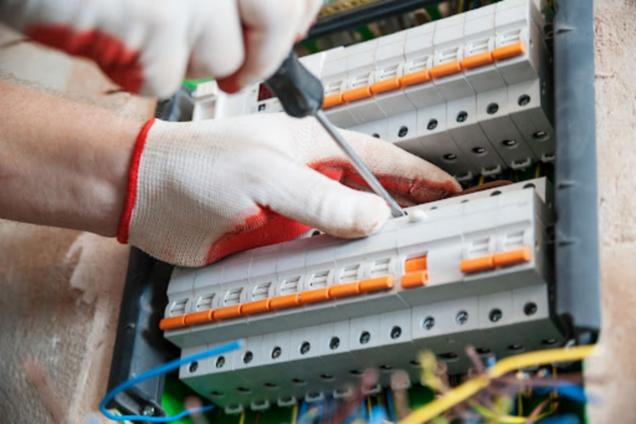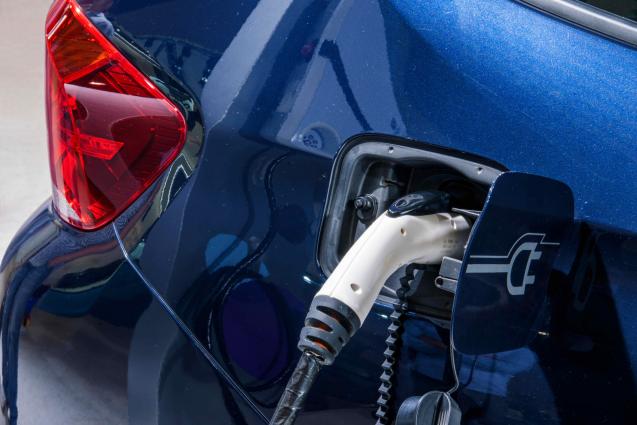
Top DIY Home Electrical Safety Tips for Australian Homeowners
Understanding Australian Electrical Standards
Complying with Australian electrical standards is paramount. These standards, set out in the Australian Electrical Code (AS/NZS 3000:2018), ensure the safety and efficiency of electrical installations. Adhering to local regulations not only safeguards property and lives but also helps to avoid hefty fines and legal consequences of non-compliance.
The Australian Electrical Code requires all electrical work to meet strict guidelines regarding materials, installation procedures, and safety measures. Homeowners can access these standards through resources like Standards Australia or seek advice from licensed electricians. Ensuring compliance offers peace of mind and reduces the risk of electrical hazards.
Proper Use of Electrical Tools
Possessing the right tools is half the battle in any DIY task. Essential tools for electrical repairs include insulated screwdrivers, voltage testers, wire strippers, and pliers. These tools must be in good condition, with no signs of wear or damage.
Inspecting tools regularly for safety is recommended. Look for cracks in insulation, sharpness of blades, and functionality of moving parts. Storing tools properly prevents damage and maintains their effectiveness. Using tools with insulated, non-conductive handles protects against electrical shocks, a fundamental safety tip for any DIYer.
Tips for Safe Electrical Repairs and Installations
Before starting any electrical repair or installation, turning off the power at the main switchboard is crucial. This step eliminates the risk of electrical shock. Test outlets and switches with a voltage tester to ensure the power is indeed off.
Using the correct wire gauges and types is vital for the longevity and safety of the installation. For instance, using an insufficient gauge wire for a high-voltage appliance can result in overheating and potentially a fire. Properly matching wires to their intended load ensures smooth operation.
When wiring or rewiring switches and outlets, follow a methodical approach. Strip wires to an appropriate length, connect them securely using wire connectors, and tuck them safely into junction boxes. Regularly checking connections for tightness prevents inadvertent loosening, which can cause sparks and fires.
Overloading circuits is a common mistake that leads to overheating and potential fire hazards. Always adhere to the recommended load capacity for circuits and distribute electrical devices evenly across different outlets.
Recognizing and Preventing Electrical Hazards
Identifying electrical issues is crucial for maintaining home safety. Common signs of electrical problems include flickering lights, unusual burning smells, warm outlets, and frequent circuit breaker trips. If any of these signs are present, they signal the need for immediate attention.
Faulty wiring and components are silent threats that can lead to significant hazards. Signs of faulty wiring include frayed wires, scorch marks on outlets, and inconsistent appliance performance. Regular inspections of electrical systems can catch these issues before they escalate.
Preventing electrical fires requires diligence. Avoid running cords under carpets, don’t overload power boards, and never use appliances with damaged plugs or cords. Using surge protectors and safety switches offers an additional layer of protection against electrical spikes and faults.
Recognising when to call a licensed electrician is also key. For complex tasks or when encountering unfamiliar electrical issues, professional assistance ensures the job is done safely and effectively.
Electrical Safety with Outdoor Projects
Outdoor projects involving electricity require extra caution. When installing outdoor lighting or power sources, ensure all fixtures and cables are rated for outdoor use and weather-resistant. This prevents damage from exposure to elements and reduces the risk of electrical faults due to moisture.
Installing garden lights or water feature electrics should be done with consideration of water ingress. Using waterproof connectors and proper sealing techniques keeps the connections dry and secure.
Working near overhead power lines and underground cables poses significant risks. If digging or working at heights, always check for the presence of electrical cables. Contacting the local utility provider before starting such projects can provide information on cable locations.
Conclusion
Electrical safety is the cornerstone of any successful DIY home project. By following Australian standards and regulations, homeowners can ensure their electrical installations are safe and compliant. Prioritising safety through proper use of tools, recognising hazards, and knowing when to call a professional helps maintain a secure home environment.
Ultimately, understanding and respecting the power of electricity not only protects property but also lives. Promoting a culture of safety in home maintenance ensures that DIY enthusiasts can enjoy their projects without compromising on safety. Remember, when in doubt, always seek expert advice to guarantee the best outcomes.



